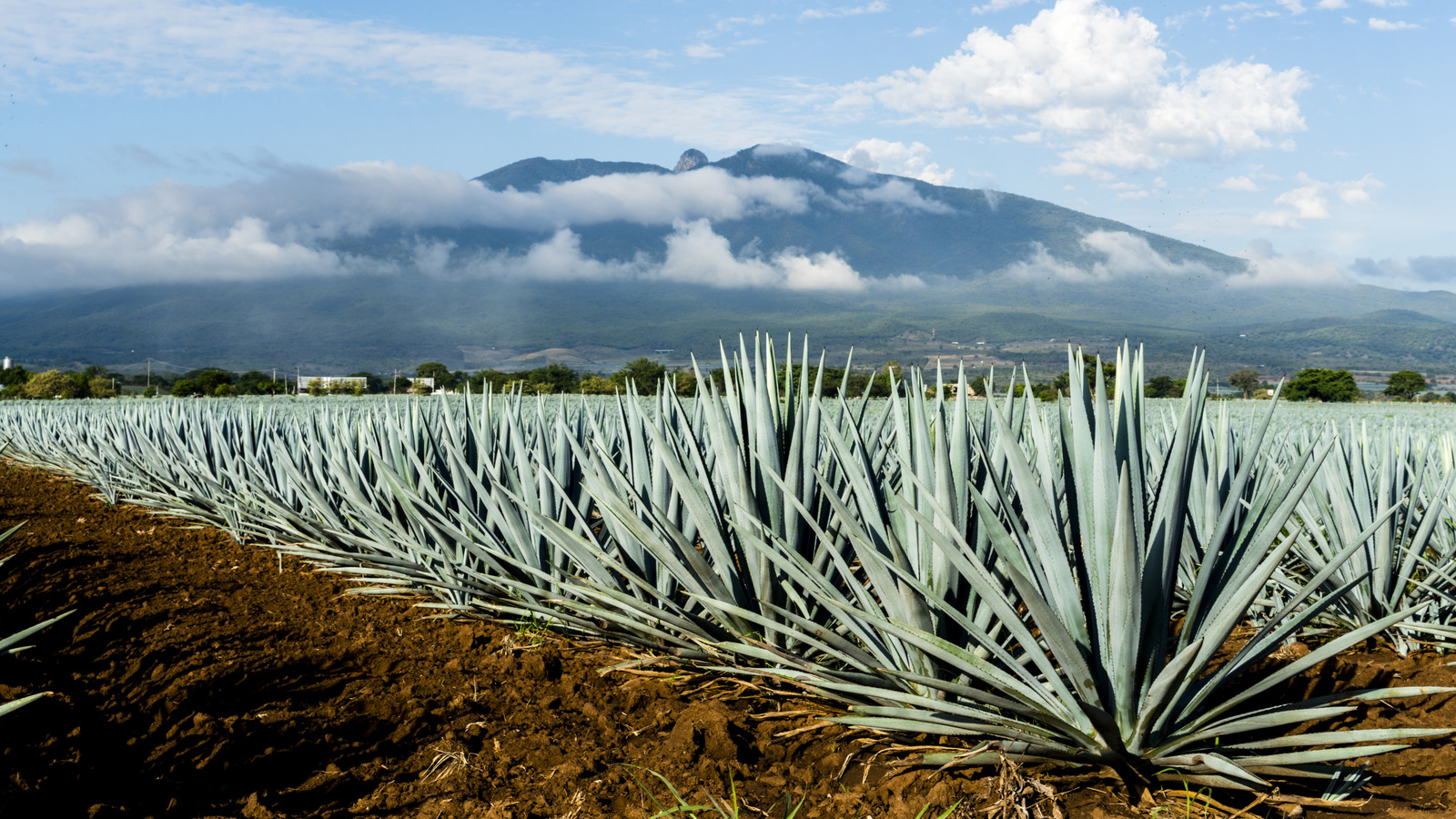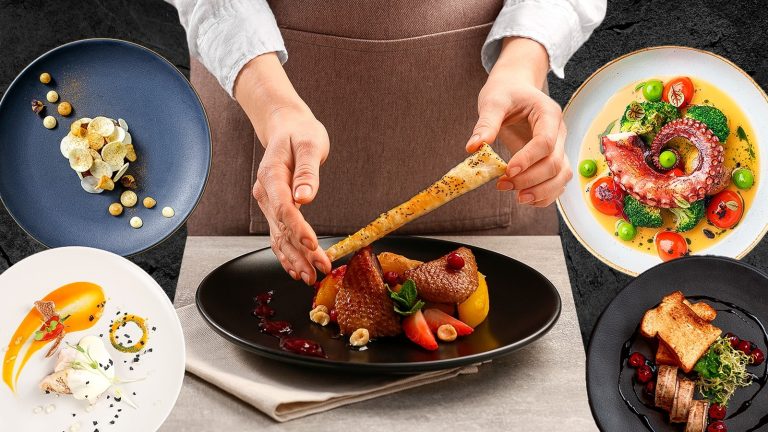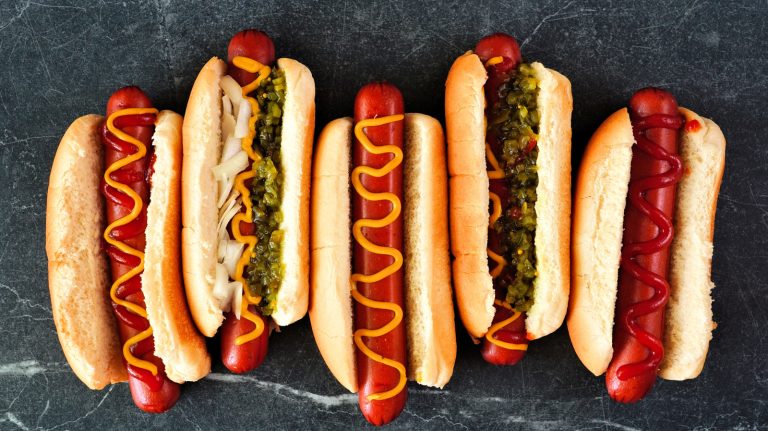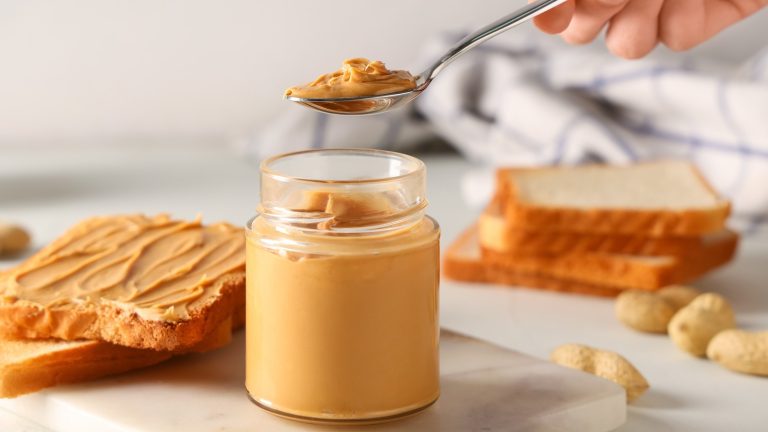For those not versed in agave spirits, tequila is just a cheap shot downed with lime or the liquor base for a margarita. Yet investigate the liquor’s intricacies, and the craft that pours into it astounds. Like cognac and some whiskeys, the spirit comes with federal regulations. Tequila is made from a specific source material — the blue Weber agave — in a defined area, with traditional processes. The spirit showcases terroir, a quality most often examined through the lens of highland and lowland production — a regional delineation reminiscent of Scotch.
There’s a lot to compare between these two areas, from the resulting flavor to the processing style and use in drinks. So to navigate all the details, Chowhound is lucky to have exclusive advice from a multitude of tequila experts. They include Peter Currie, the sales director at Shand Imports, which oversees Dama Fortuna Tequila; Leon Bañuelos, Jr., the tequilero at Tequila El Mexicano; and Manny Hinojosa, the global brand ambassador of Tequila Cazadores. Jaime Salas also lent his guidance; he’s the head of legacy and advocacy at Proximo Spirits, which includes brands such as Maestro Dobel, Reserva de la Familia of Jose Cuervo, and 1800 Tequila. Last but not least, David Alan, the director of trade education and mixology at Patrón, also offered invaluable advice.
All experts represent brands that produce spirits in either or both elevation regions. Yet while such areas of Jalisco are well-known for their production, the spirit is created in other regions, too, so take note that this is only a partial breakdown of tequila types.
Each altitude comes with its own climate
When first diving into the differences between the two agave growing regions, Jaime Salas offers one important clarification: For lowland, “The proper phrasing is the Tequila Valley.” While the highland region does sit at a lofty 7,500 feet above sea level, the lowland region still almost reaches 4,000 feet. So really, both agave growing regions are in mountainous areas with unique topography.
Although the areas are under 200 miles apart, the over-3,000-foot elevation difference leads to separate climates, which distinguishes the agaves. As Manny Hinojosa points out, “The primary differences come down to terroir,” and precipitation and weather play an especially prominent role. He notes that the temperature drops with the higher altitude, so in combination with the distinct soil, this produces agave that are “larger, slower to mature, and higher in natural sugar.” Generally, this translates to a gentler palate with notes of fruit. “[Highland agave is] what gives Cazadores its signature naturally sweet, citrus-forward flavor,” he says.
Meanwhile, head down to the Tequila Valley (also called El Valle), and the thermometer rises. “[This area is] very dry and hot most of the year,” says Peter Currie — conditions useful for efficient growing. As a result, agaves here are younger when they attain the optimal sugar levels, thus yielding both sped-up growth, an earlier harvest, and larger production volumes. Yet with less maturation, tequila made here comes with less sweetness. “Tequilas produced in the lowlands tend to be earthy, peppery and more herbal,” Currie says.
Growing conditions also factor into tequila’s flavor
The highland and lowland tequila regions also offer unique soils, and the ground’s composition is just as influential as the climate. Leon Bañuelos, Jr. — who oversees production of Tequila El Mexicano in the highlands — states, “The distinction for tequilas produced in the highlands lies fundamentally in the richness of the volcanic red clay soil found there, along with a cooler climate.”
The growing conditions in the two valleys differ. Bañuelos notes the Tequila Valley offers “rich clay soil,” which, in combination with the warmer temperature, produces smaller agaves with more abundance. As also pointed out by Currie, such varieties form less sugar, thus bringing out more robust tasting notes. “The flavor profile of these younger agaves is more vegetal, herby, spicy, and earthier,” Bañuelos says.
In the highlands, the conditions prove more difficult for agave plants. “They have to deal with more exposure to the sun and cooler nights,” Currie explains, adding that the soil’s rockiness further complicates growth. As a result, “Dama Fortuna takes 8-10 years to reach maturity,” he says. Yet the added patience comes with rewards. According to Peter Currie, highland tequila brings mouthwatering “floral and herbal notes and increased minerality.” Although more labor-intensive, this flavor complexity is the reason brands like Dama Fortuna and Patrón commit to the highlands. “By sourcing only from this region, we ensure consistency, quality, and the distinct flavor profile that defines every bottle of Patrón,” says David Alan.
Agave’s source region influences processing
Tequila’s terroir extends not only to the agave’s growing location, but processing steps, too. And the intricacies related to a highland vs. lowland location evince themselves at varying stages. As Manny Hinojosa of Cazadores points out, the “harvest techniques, cook time, fermentation and distillation” are all factors that influence tequila’s flavor. He notes certain processing steps correlate directly to the agave’s source — like how the highland agaves’ larger size increases roasting times and the length of the fermentation process. Distilleries use different types of ovens, and heating times can deviate in duration by over a day, thereby imprinting a range of flavors. The exact processing specifics vary by distillery, but the harvest location certainly comes into play.
It’s also worth noting that all tequila must follow the same standard: 51% of the liquor’s fermentable sugars must be derived from agave. According to David Alan, “The hotter climate of the lowlands speeds up maturation of the agave but typically results in about 25% less sugar than their highland counterparts.” Consequently, producers in such areas could be more inclined to use corn or cane sugars to spur on fermentation, a technique that inspires even harsher flavors.
Finally, there’s the fermentation side of production. Traditional distilleries rely on native yeasts. “Casa Loy actually propagates their own yeast strain, using natural yeast that occurs around the estate,” says Peter Currie. Such techniques further translate to the palate, meaning even what’s floating in the air can be perceptible in the bottle.
Tequila can also be blended and produced in other regions
With the elevation source producing such fascinating distinctions, it’s tempting to categorize all tequila as either a highland or lowland variety. However, tequila is a spirit that involves complexity, and sourcing is no exception. After all, although only Mexico can legally make tequila, the two elevation zones of Jalisco aren’t the only growing locations.
Production of the spirit also takes place in neighboring states, including Guanajuato, Michoacán, and a few others. David Alan of Patrón adds, “Many producers source agaves from across tequila’s Denomination of Origin,” meaning bottles with a multitude of terroir profiles exist on the market. Subsequently, make sure to investigate a brand’s published information regarding sourcing. The tequila representatives contacted for this article all relayed their brand’s location. Peter Currie of Dama Fortuna notes the producer “only uses agave grown at 4500-6000 ft on the 7,400-acre Loy estate,” making it exclusively a highland producer. Alan clarifies that Patrón also distills exclusively from the highlands, as does Leon Bañuelos, Jr. for Tequila El Mexicano, and Manny Hinojosa for Cazadores. Jaime Salas of Proximo Spirits relays a more diverse portfolio. While its Reserva de la Familia and Maestro Dobel bottles rely only on lowland agave, 1800 Tequila is a blend.
And if the information for other brands isn’t published online, look into the four-digit tequila NOM, which links a bottle to a specific distillery. While such details don’t rule out agave blending across elevations, they’ll hint at typical practices. Ultimately, though, the region isn’t the only factor you should consider, says Salas, as other processing steps matter, too.
Compare highland and lowland tequila for a fun drinking experience
With such a wealth of agave knowledge to consider, it’s finally time for the fun part: the drinking. You’ll first need to get attuned to tasting tequila the right way to note regional differences. David Alan of Patrón suggests “sipping tequila neat” best highlights the flavor nuance. He also urges specifically seeking out the blanco style for highland bottles, as they’ll transmit more of the spirit’s uniquely citrusy palate. So pour out similarly aged expressions from each region, and savor side-by-side.
Yet if you’re a fan of mixed drinks, have no fear, as minutiae can be apparent in cocktails, too. Leon Bañuelos, Jr. advocates for aligning recipes with the source region. He’s especially fond of showcasing highland tequila in a Paloma. “The citrus elements work to accentuate the highland tequila’s fruity and tropical nuances,” he notes. Furthermore, Alan and other tequila producers love how highland tequila’s palate plays in a perfect margarita recipe.
It’s important to keep in mind that there are other tequila qualities that influence bartending. Jaime Salas offers an especially valuable nugget: Note the style of tequila. According to him, “Aging elements are more relevant when pairing with ingredients,” so whether tequila is a blanco, añejo, or reposado overrides the growth origin. You’ll want a spirit with barrel character for an “Old Fashioned or Manhattan-style” cocktail — not so much a specific elevation variety. So generally, with a high-quality bottle on hand, you can craft a nice tequila drink: Both lowland and highland tequila will impress.





